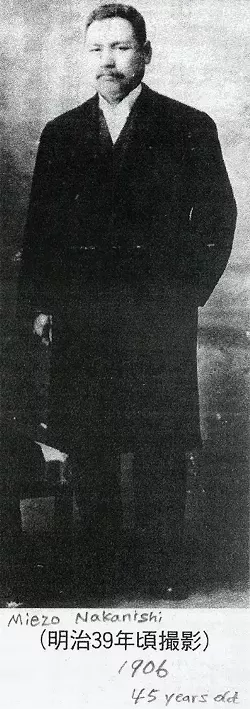
Japanese experiences in Humboldt’s Chinese exclusion era, from education to terrorism
Editor’s note: This story includes racist language in quotations from historical newspaper articles. Humboldt County’s Chinese history is notorious. For nearly 70 years, from the mid-1880s to the early 1950s, a keynote of Humboldt’s public identity was the (false) assertion the county had successfully expelled all its Chinese or Chinese American residents. During one expulsion event in 1906, a past and future mayor of Eureka declared in a public meeting that Humboldt County was “no place for Chinese.” This county’s “no-Chinese” status was a source of aggressive and sometimes defensive pride for many in Humboldt, though changing socio-political realities, demographics and perspectives have since rendered it a shameful stain on our history. Among the multiple complexities within the history of Humboldt’s Chinese exclusion era are the anomalous experiences of one particular ethnic group: Japanese immigrants. Classified ads and newspaper articles from the period paint a somewhat disjointed picture, hinting that Japanese residents were accepted here in some capacities until racist tensions inspired an act of terrorism that may have played a part in a 40-year period in which no one of Japanese origin or descent officially lived in Humboldt County. From early in the exclusion era, one generalized understanding has been that Humboldt was not simply “no place for Chinese” but no place for people of any Asian ethnicity. Among the “potent facts” listed in a circa 1915 guide to Humboldt was the claim that this county had no Chinese or Japanese people within its borders. A 1937 Humboldt Times article was headlined “No Oriental Colonies Have Thrived Here Since 1885.” However, the infamous Section 190 of the city of Eureka’s ordinances, which was not officially repealed until 1959, only specifically identified Chinese people in its racial prohibitions, stating among other restrictions that “No Chinese shall ever be employed, either directly or indirectly, on any work of the city.” Japanese people were not mentioned, which underscores a source of uncertainty within the county’s formidable racist forces during the exclusion era. They faced the question of whether Humboldt’s people should see all “Orientals” as being fundamentally alike, or whether they saw meaningful differences that could justify admitting Japanese immigrants into the county. When Humboldt’s Chinese residents were forcibly expelled in 1885 and 1886, few Japanese people had yet made the journey to America. Japanese immigration to the United States began about a generation after Chinese immigration. U. S. Census records show…

